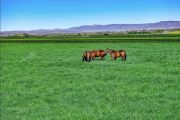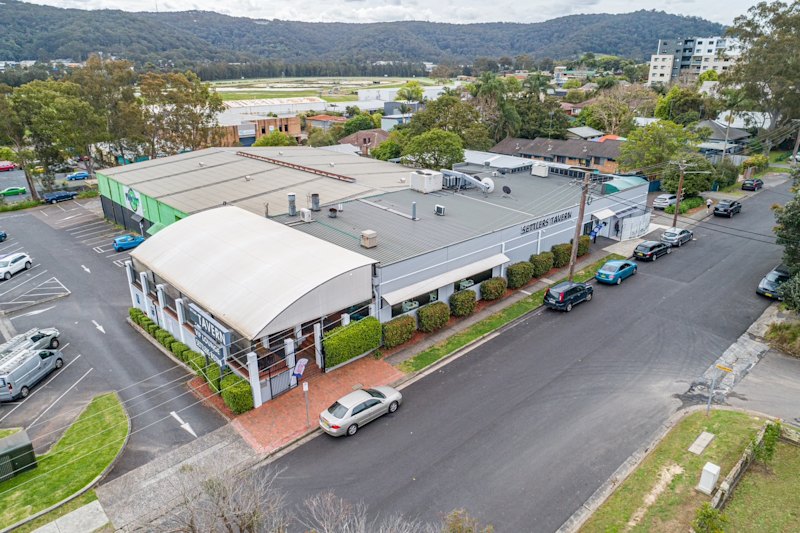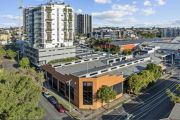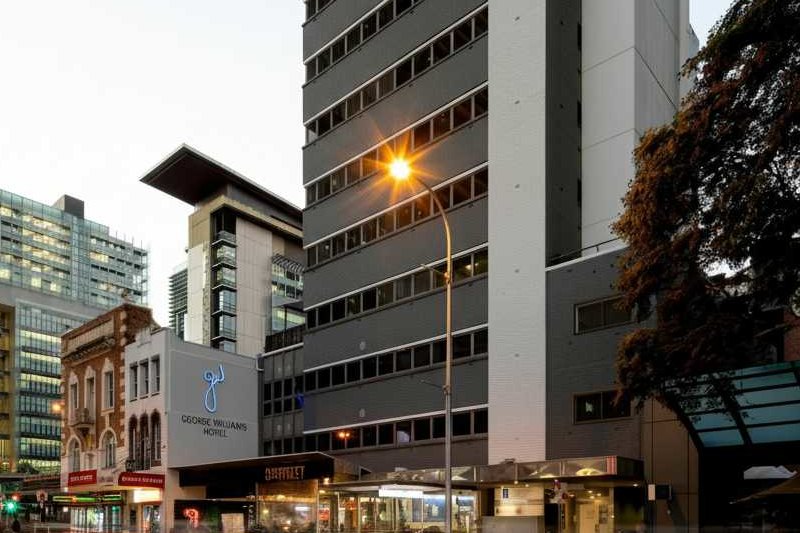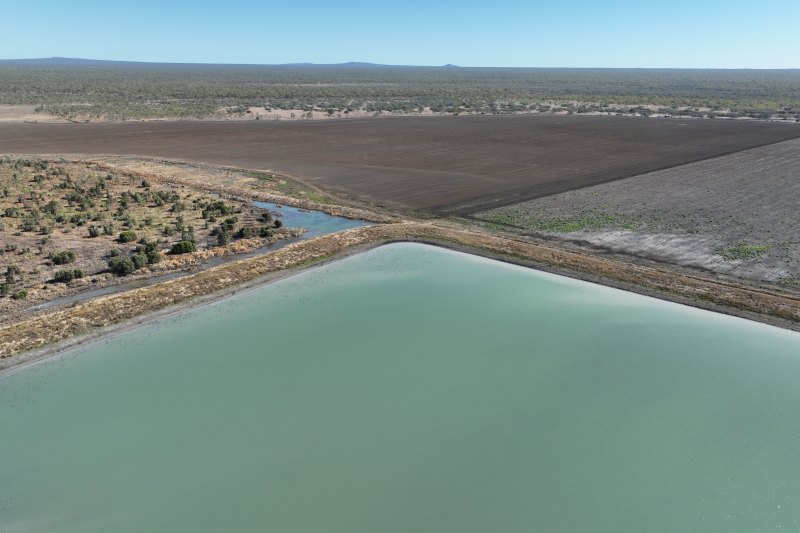
Cotton power couple list $70m ‘carbon positive’ farm
Prominent cotton growers David and Danielle Statham are hoping to rake in more than $70 million from the sale of one of the jewels in their farming empire, St Ronans Station in Far North Queensland – as they focus on developing a major wind farm on a carved-out portion of the holding.
The 44,000-hectare dryland cropping and cattle property near Mt Surprise – about 300 kilometres south-west of Cairns – is the largest holding within the Stathams’ Sundown Pastoral Co, which is based at Keytah, a 26,300ha cotton powerhouse near Moree in western NSW.
The Stathams also co-own (with ASX-listed Namoi Cotton) the Wathagar cotton gin just south of Keytah, the “carbon positive” Good Earth Cotton brand and textile-tracing agritech FibreTrace.
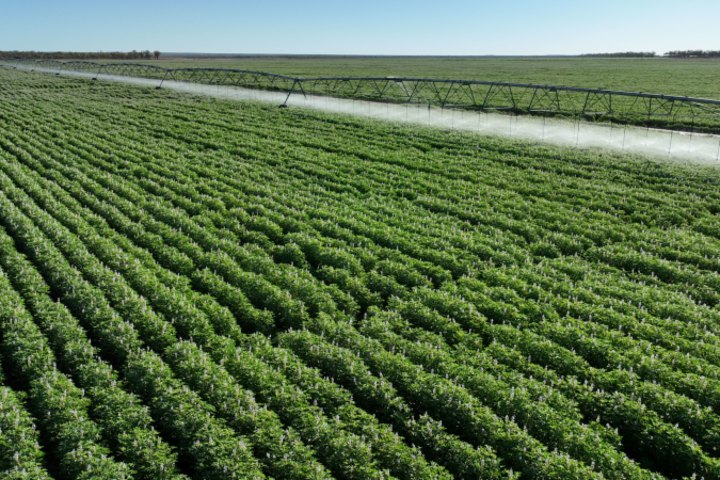
Previously an operator of large-scale cattle enterprises – Sundown Pastoral Co was founded in 1964 by Mr Statham’s late father Neil – the family switched its focus from running a 54,000-strong cattle herd to cropping and cotton in 2016.
As part of this change of direction, the family sold its Paradise and Newstead properties near Inverell to Macquarie’s Paraway Pastoral Co in 2016. Its original Sundown Valley aggregation west of Armidale and the Gunnee feedlot near Inverell were purchased two years later by Gina Rinehart’s Hancock Agriculture.
Before these divestments, The Australian Financial Review reported in 2011 that the Stathams were seeking to sell both their Keytah and Sundown Valley holdings, which at the time had a combined book value of $490 million.
The Stathams’ move into cotton and cropping was accompanied by a decision to focus on developing highly sustainable farming practices. This resulted in producing what they claim is the world’s first “traceable carbon-positive cotton”.
The most recently lodged accounts for Sundown Pastoral Co show it swung into the red in the 12 months to June 2023 after revenues fell 16 per cent to $78.2 million resulting in an after tax loss of $10.6 million. The previous financial year Sundown generated profits of $8.4 million.

St Ronans, which the Stathams purchased in 2019 and have extensively developed, produces about 30,000 bales of cotton a year on a small portion property. The remainder of the station is home to native vegetation and grasslands, on which the Stathams graze cattle. (Keytah, which the Stathams have owned since 1984, is one of the country’s biggest cotton farms, producing up to 78,000 bales of cotton a year.)
St Ronans lies on the Mero Creek near Mt Surprise in a high rainfall region. It was one of the first farms in Far North Queensland to produce dryland – non-irrigated – cotton.
LAWD’s Danny Thomas and Elizabeth Doyle are selling St Ronans via expressions of interest.
Mr Statham said St Ronans’ primary attraction was its suitability for renewable energy projects such as wind farms, as well as its capacity to generate carbon offsets and the potential to grow tree crops processed for sustainable aviation fuel.
“We are currently developing the St Ronans Renewable Energy Hub as a joint venture between Sundown Pastoral Co and the Australian renewable energy developer, PROJECT.e,” Mr Statham said.
This planned energy hub has the capacity to generate about 1.8 gigawatts of energy via wind turbines.
Mr Statham said Sundown Pastoral Co would retain the development rights to the hub.
“We have kept the wind farm project area and all construction and access activity completely separate from the existing cropping land and operations on St Ronans,” he said.
Construction of the energy hub and connection to the grid are due to begin in 2030.
On the carbon farming front, monitoring and measurement of soil carbon levels have indicated almost 1.4 million tonnes of carbon dioxide emissions are being absorbed across almost 37,000ha of St Ronans.
Alongside the growing of cotton and other crops, St Ronans has a carrying capacity of 5500 cattle. It also includes a large feedlot and abundant secure water through high-pressured irrigation bores, a large storage dam and other natural sources. It also has 4300 tonnes of grain silo storage, steel cattle yards and other improvements.
“There’s no doubt the value in this large-scale holding is unparalleled, whether you’re considering the ESG credits available, assured income from beef production, or the potential to further expand the cropping area and the variety of crops grown,” Mr Thomas said.
“The combination of abundant water and arable land is also suited to permanent tree crops, such as avocados, mangos, macadamias or citrus, and the growing of peanuts and fodder,” he added.

